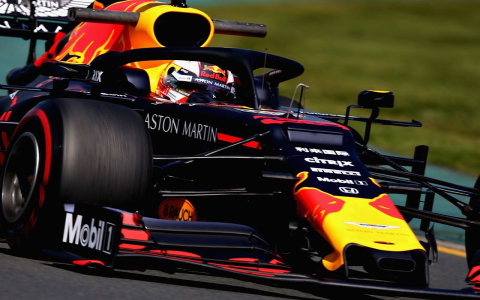I’ve been deep into Formula 1 lately, really getting into the nitty-gritty of it all. You know, it’s not just cars going fast; there’s so much strategy involved. So, I was watching this race the other day, and the commentators kept talking about “overtakes.” I mean, I get it, it’s when one car passes another, but there seemed to be more to it. So, I decided to dig in and really figure out what overtaking in F1 is all about.
First off, I just went to the usual spots online, trying to get a basic understanding. I watched a bunch of videos of famous overtakes, read some articles on F1’s official site, and browsed through forums where fans discuss this stuff. Pretty standard research, you know? The thing that struck me is that overtaking isn’t just about speed. There are so many factors that come into play, like the type of track, the car’s setup, the tires, and even the weather.

Next, I started to look at specific overtaking techniques. There’s this thing called DRS (Drag Reduction System) which is a big deal. It’s basically a flap on the rear wing that the driver can open on certain parts of the track to reduce drag and gain speed. It’s only allowed when a driver is within one second of the car in front, so it’s not just a free pass. You gotta be strategic about it. The videos explaining DRS were pretty helpful, especially the ones showing the driver’s point of view. I even found some cool animations that break down the aerodynamics, which, I gotta admit, made me feel like a bit of an engineer myself.
- DRS Zones: Figured out that these are specific sections of the track where DRS can be activated.
- Tire Strategy: Learned that tire condition plays a massive role. Fresh tires can give you a big advantage in an overtaking move.
- Track Layout: Noticed that some tracks, like Monza with its long straights, are more conducive to overtaking than others, like Monaco, where it’s notoriously difficult.
I also got into the rules around overtaking. It’s not a free-for-all; there are regulations to make sure it’s done safely and fairly. For example, a driver can’t just push another off the track to get past. There’s a whole section in the rulebook about how to overtake properly, when to yield, and what constitutes an illegal move. I even found some case studies of past races where drivers were penalized for breaking these rules, which was super interesting.
Real-World Examples
I spent a good chunk of time watching analysis of some of the most famous overtakes in F1 history. There’s this one move by Mika Häkkinen on Michael Schumacher at the Belgian Grand Prix back in 2000 that’s just legendary. He used a backmarker to distract Schumacher and then slingshotted past both of them. It was a thing of beauty. Reading the post-race interviews and seeing the diagrams of how he pulled it off was like a masterclass in racing strategy.
After all this, I decided to put my newfound knowledge to the test. I fired up my racing simulator and tried to apply some of these overtaking techniques in a virtual race. Let me tell you, it’s a lot harder than it looks! But it was incredibly satisfying to pull off a clean overtake using some of the strategies I had learned. Especially nailing the timing of the DRS activation, that felt like a real achievement.
So yeah, that’s been my journey into the world of F1 overtaking. It’s way more complex and fascinating than I initially thought. I’m no expert, but I definitely appreciate the skill and strategy involved a whole lot more now. It’s not just about going fast; it’s about being smart, being precise, and sometimes, being a little bit daring.












